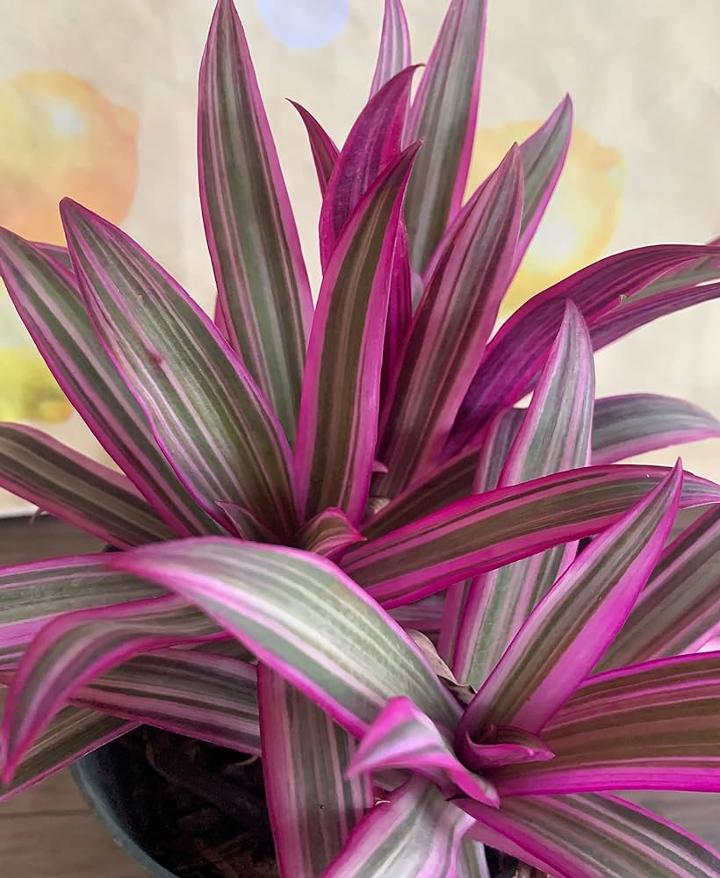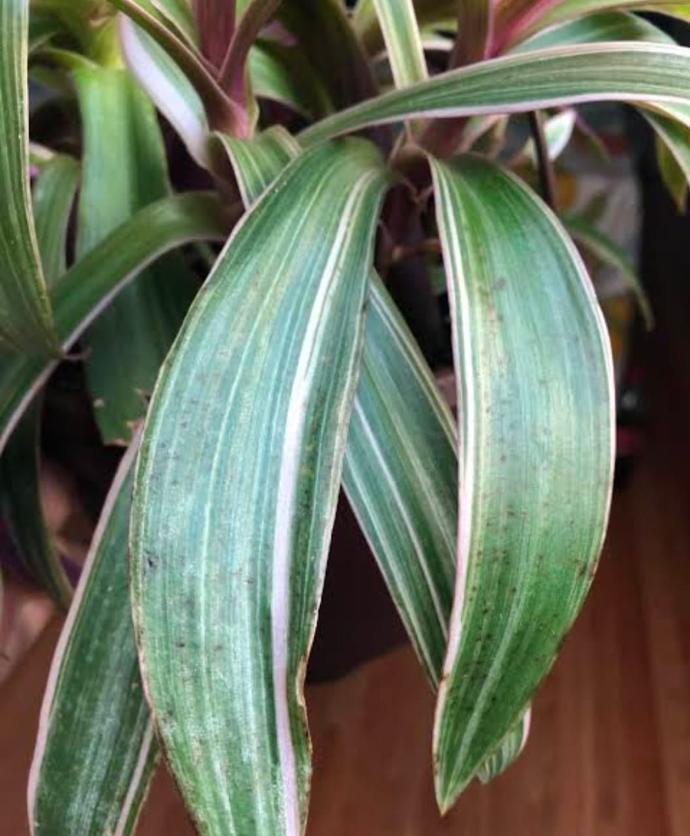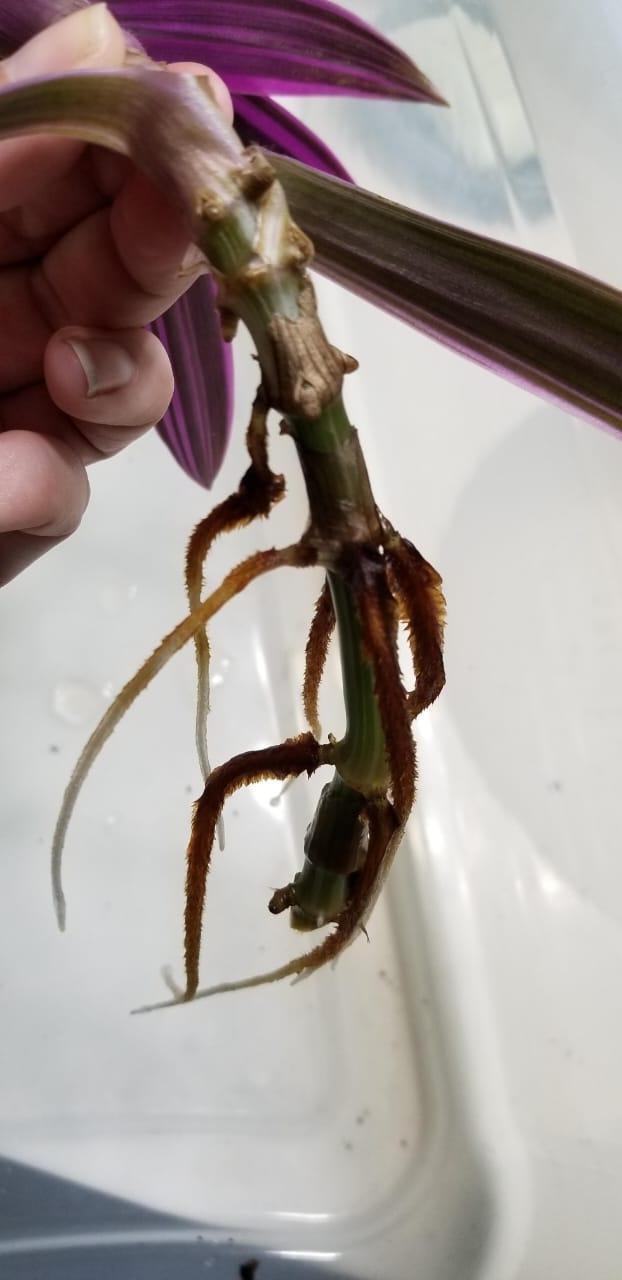Oyster Plant
Oyster plant, a perennial, prefers well-drained, sandy-loam soil and full sun. It's frost-tolerant and fast-growing.
Habit
Perennial
Height
0.3-0.5 m
Growth
Fast
Soil
Well Drained, Sandy-loam
Shade
Full Sun
Moisture
Moist
Edible
Yes
Medicinal
Yes
Origin
North America
Climatic Condition
Temperate, Tropical
Temperature (°)
10-20°C
Humidity (%)
60-70%
Potting media
Loamy, peat
Fertilizers
Balanced NPK (10-10-10)
Watering
Regular, moderate
Plant Weight
50-150 g
Flowering Time
Spring, Summer
Soil Ph level
6.0 - 7.5
Water Ph level
6.5 - 7.5
Soil EC
1-2 dS/m
Yield Per Plant
Ornamental leaves
NPK ratio
10:10:10
life Span
Perennial
Health Benefits
Used as ornamental, anti-inflammatory properties
Suggested Grow Media or Potting Mix ?
50% peat moss, 30% perlite, 20% pine bark
Suggested Fertigation/Fertilizers
Fertilize every 4 weeks with a balanced, water-soluble fertilizer.
Common Diseases and Remedies
Root rot, leafspot
Poor growth, stunted growth
Clean the roots under running water , improve soil erosion
HEALTH BENEFITS
· Known for anti-inflammatory and antimicrobial properties.
· Used in traditional medicine for treating coughs and respiratory issues.
· May support wound healing and skin conditions.
What Is An Oyster plant?
Oyster plant, also known as Tradescantia spathacea or Moses-in-the-Cradle, is a popular ornamental houseplant valued for its attractive foliage. It has broad, sword-shaped leaves with purple undersides and is relatively easy to care for, making it a favorite among indoor gardeners. The Oyster plant, also known as Tradescantia spathacea or Moses-in-the-cradle, is a tropical plant native to Belize, Guatemala, and southern Mexico. It's popular as a houseplant for its attractive foliage, which features glossy, lance-shaped leaves with purple undersides. It's relatively easy to care for, preferring indirect sunlight and regular watering.

What Are The Different Types Of Oyster plant?
1. Tricolor Oyster Plant
Characterized by its green, pink, and white striped leaves.
2. Green Oyster Plant
Features solid green leaves without any variegation.
3. Variegated Oyster Plant
Has green leaves with white or cream-colored stripes or spots
4. Silver Oyster Plant
Known for its silvery-gray foliage.
5. Purple Oyster Plant
Exhibits purple undersides of the leaves, adding a splash of color to its appearance.

How To Care For Oyster plant?
1. Location
The oyster plant, also known as Moses-in-the-cradle or boat lily, thrives in partial shade to full sun and prefers moist, well-draining soil. It can be grown indoors as a houseplant or outdoors in USDA hardiness zones 9-11. In colder climates, it can be brought indoors during winter or treated as an annual.
2. Sunlight
Oyster plants, also known as Moses-in-the-Cradle or Tradescantia spathacea, prefer bright, indirect sunlight. They can tolerate some shade but do best with a few hours of sunlight each day. Avoid placing them in direct sunlight for extended periods, as it can scorch their leaves.
3. Soil
The oyster plant, also known as Tradescantia spathacea or Moses-in-the-cradle, prefers well-draining soil with organic matter. A mix of potting soil and perlite or sand for added drainage usually works well. Aim for soil that retains moisture but doesn't become waterlogged.
4. Hydration
Oyster plants, also known as Tradescantia spathacea or Moses-in-the-cradle, prefer evenly moist soil. Water them when the top inch of soil feels dry, but avoid overwatering as it can lead to root rot. Allow the soil to dry out slightly between waterings to prevent waterlogged conditions. Additionally, provide good drainage to prevent water from pooling around the roots.

5. Nourishment
To nourish an oyster plant, provide it with well-draining soil rich in organic matter. Regularly water it, keeping the soil evenly moist but not waterlogged. Feed it with a balanced liquid fertilizer every 4-6 weeks during the growing season. Additionally, ensure it receives indirect sunlight or partial shade, as direct sunlight can scorch its leaves.
6. Issues
Caterpillars and mites can be a problem for oyster plant. Fungus, root rot, and leaf spot can all be problems for oyster plant, especially if plants receive irrigation.
What Are The Benefits Of Oyster plant?
The oyster plant, also known as Tradescantia spathacea or Moses-in-the-cradle, offers several benefits Air purification Oyster plants are effective in removing toxins from indoor air, helping to improve air quality. Low maintenance They are relatively easy to care for, making them ideal for beginner gardeners or those with busy lifestyles. Aesthetic appeal With its striking purple and green foliage, the oyster plant adds visual interest to indoor and outdoor spaces.
FAQs About Growing Oyster plant
1. How to maintain oyster plant ?
Light Provide bright, indirect sunlight. It can tolerate some shade but prefers indirect light. Watering Keep the soil consistently moist but not waterlogged. Allow the top inch of soil to dry out slightly between waterings. Avoid overwatering, as it can lead to root rot. Temperature and Humidity Maintain a warm environment with temperatures between 65-85°F (18-29°C). Oyster plants prefer high humidity, so misting the leaves occasionally can help, especially in dry indoor environments. Soil Plant in well-draining soil. A mixture of potting soil and perlite or sand works well.
2. What are the uses of oyster plant ?
Oyster plant, also known as Moses-in-the-Cradle or Tradescantia spathacea, has several uses Ornamental Plant Oyster plant is commonly grown as an ornamental plant for its attractive foliage. Its leaves are green on top and purple on the underside, creating a striking visual appeal. Air Purification Like many houseplants, oyster plant helps improve indoor air quality by removing toxins such as formaldehyde from the air. Medicinal Purposes: In some traditional medicine practices, oyster plant has been used for its purported medicinal properties, including as a remedy for skin conditions and as a treatment for minor wounds. Landscaping Oyster plant can be used in landscaping to provide ground cover or as an accent plant in gardens and landscapes. Erosion Control Due to its ability to spread and cover the ground quickly, oyster plant can be used for erosion control on slopes and banks.
3. Can I grow oyster plant indoor ?
Yes, you can grow oyster plants indoors. They are well-suited for indoor environments as long as they receive adequate light and are provided with the right growing conditions such as well-draining soil and regular watering. They also prefer indirect sunlight, making them ideal for indoor settings.
4. Which pot is best for growing oyster plant ?
Oyster plants, also known as Moses-in-the-cradle or Tradescantia spathacea, thrive in well-draining pots with a rich, moist potting mix. Consider using a ceramic or terracotta pot with drainage holes to prevent waterlogging. The pot size should accommodate the plant's root system, allowing for some room to grow but not too much excess space, as this can lead to overwatering issues.
5. From where can I shop for oyster plant ?
You can shop for oyster plants at local nurseries, garden centers, or online plant retailers. Websites like Etsy, Amazon, and specialized plant shops often have a variety of oyster plants available for purchase. Additionally, you may find them at farmers' markets or botanical gardens if they have plant sales.


